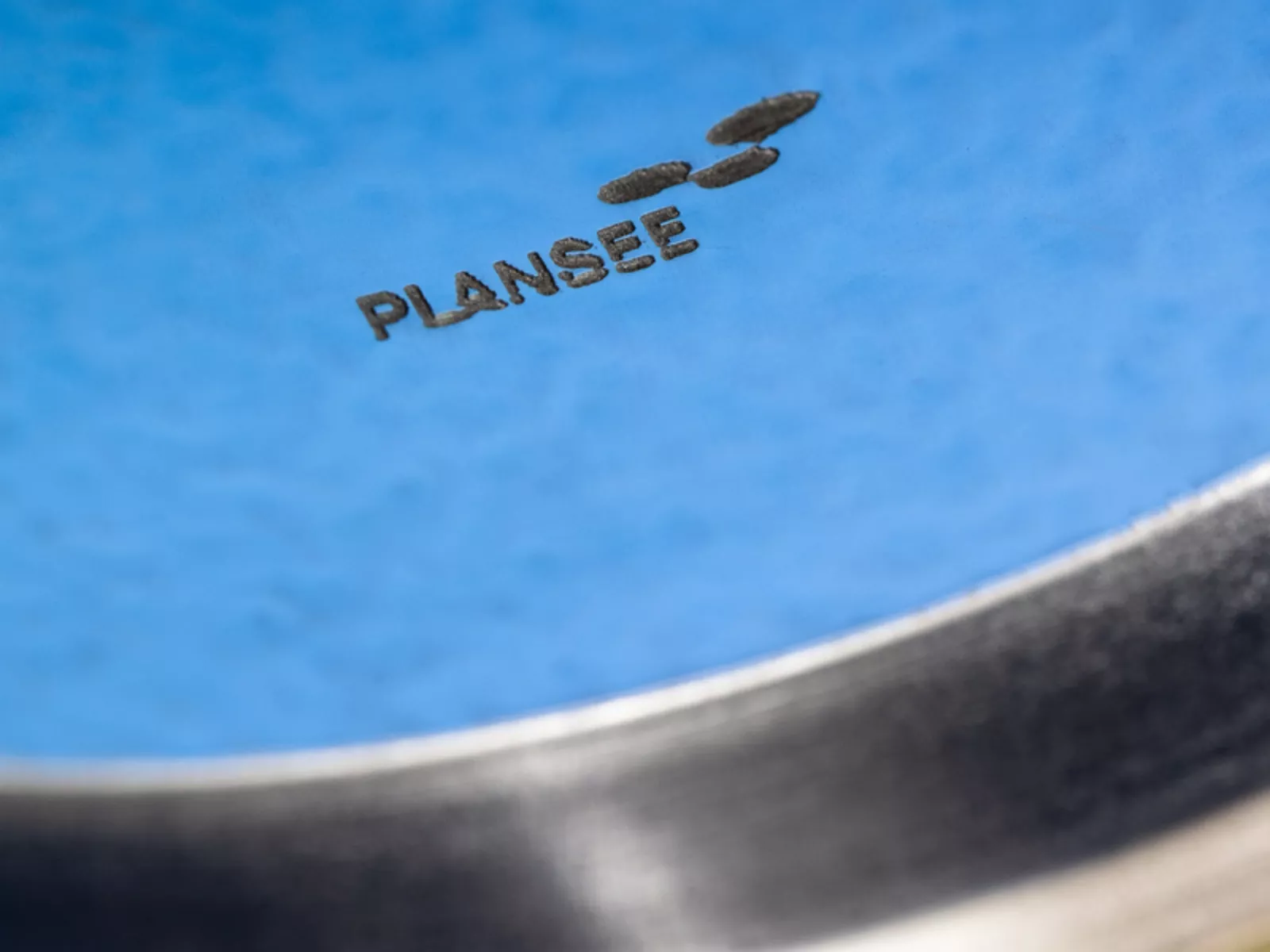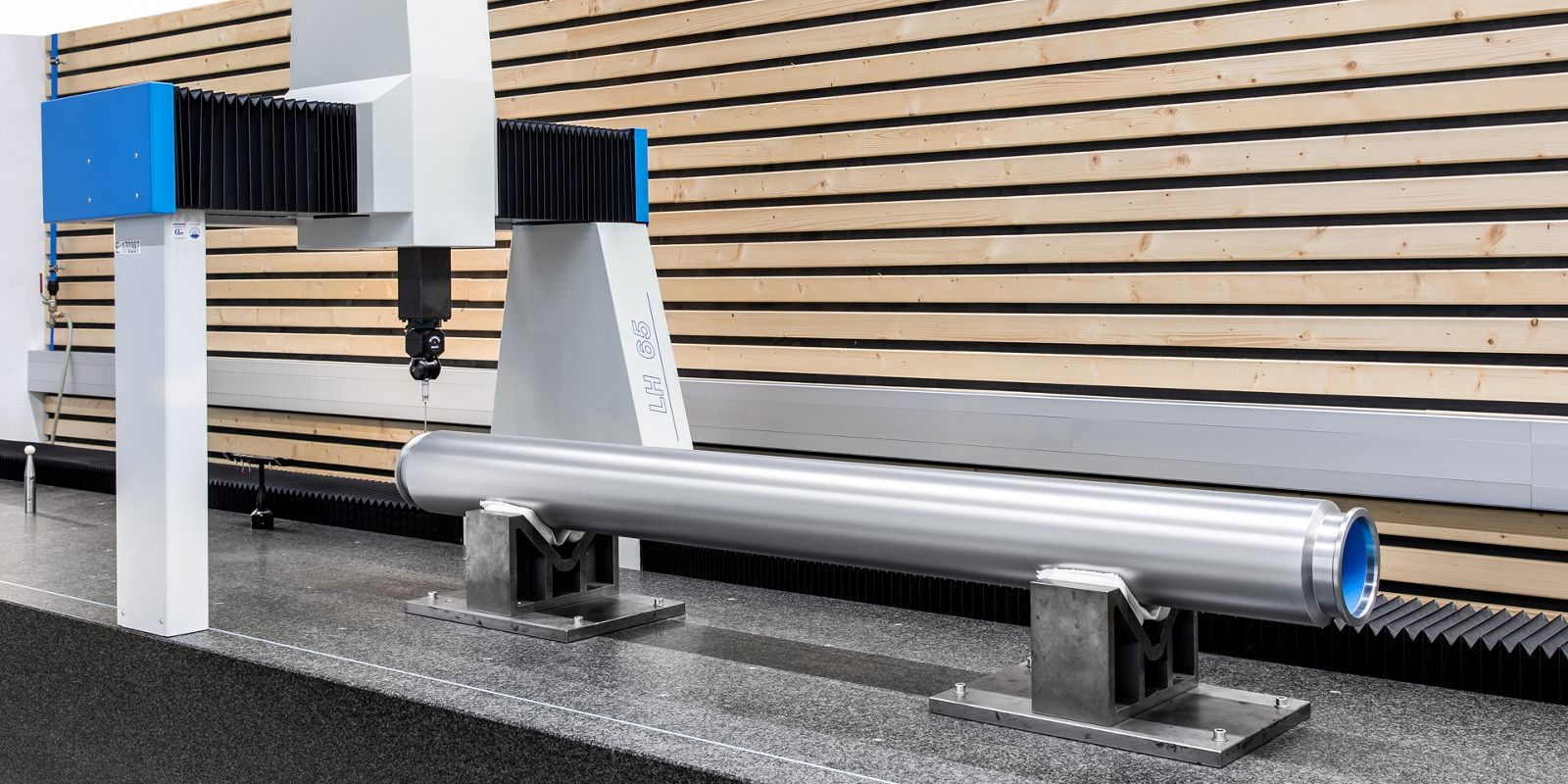
When using monolithic targets, molybdenum comes into direct contact with the cooling water from the coating system. Usually, the cooling water is prepared for the use of monolithic targets with suitable additives, so-called inhibitors. These stabilize the pH value of the cooling water and prevent the molybdenum from corroding. A patent-pending polymer-based internal coating from Plansee, which has been specially developed for monolithic rotary targets, prevents direct contact between the coating material and the cooling water. This is a huge advantage, as it means considerably fewer inhibitors are required in the production of CIGS solar cells and TFT LCD screens, thereby saving costs. The durable internal coating is so thin that it does not noticeably affect the thermal conductivity of the rotary target and continues to guarantee excellent sputtering performance.



